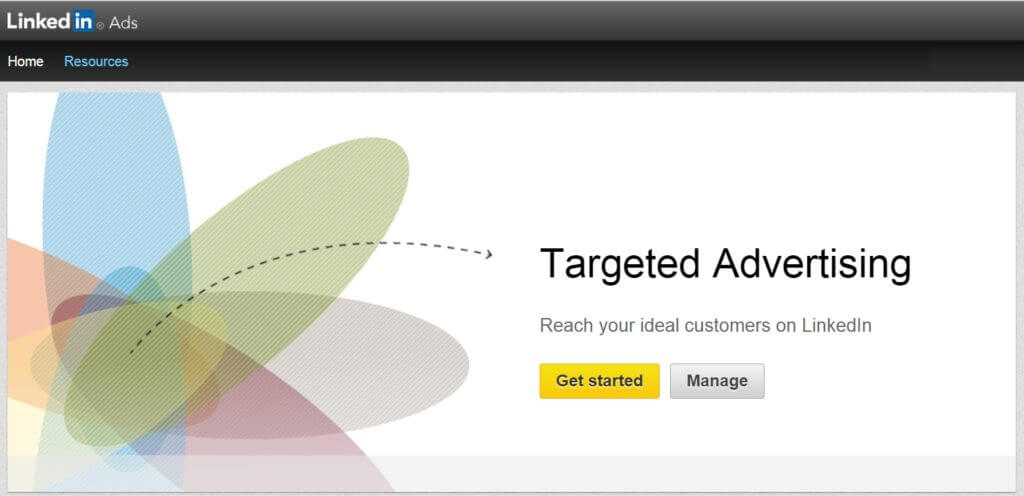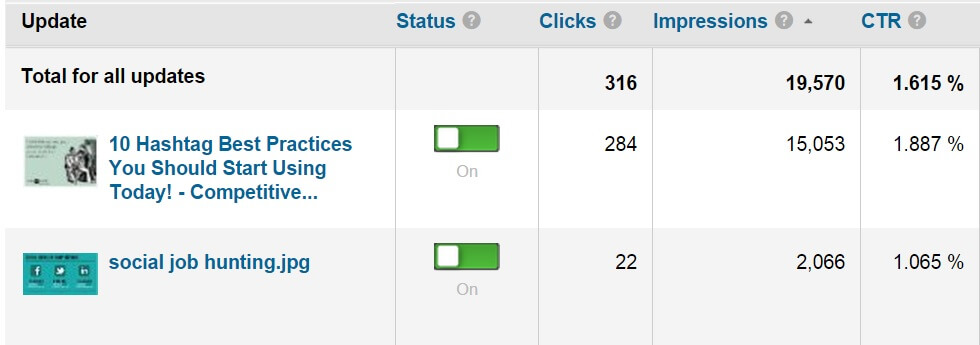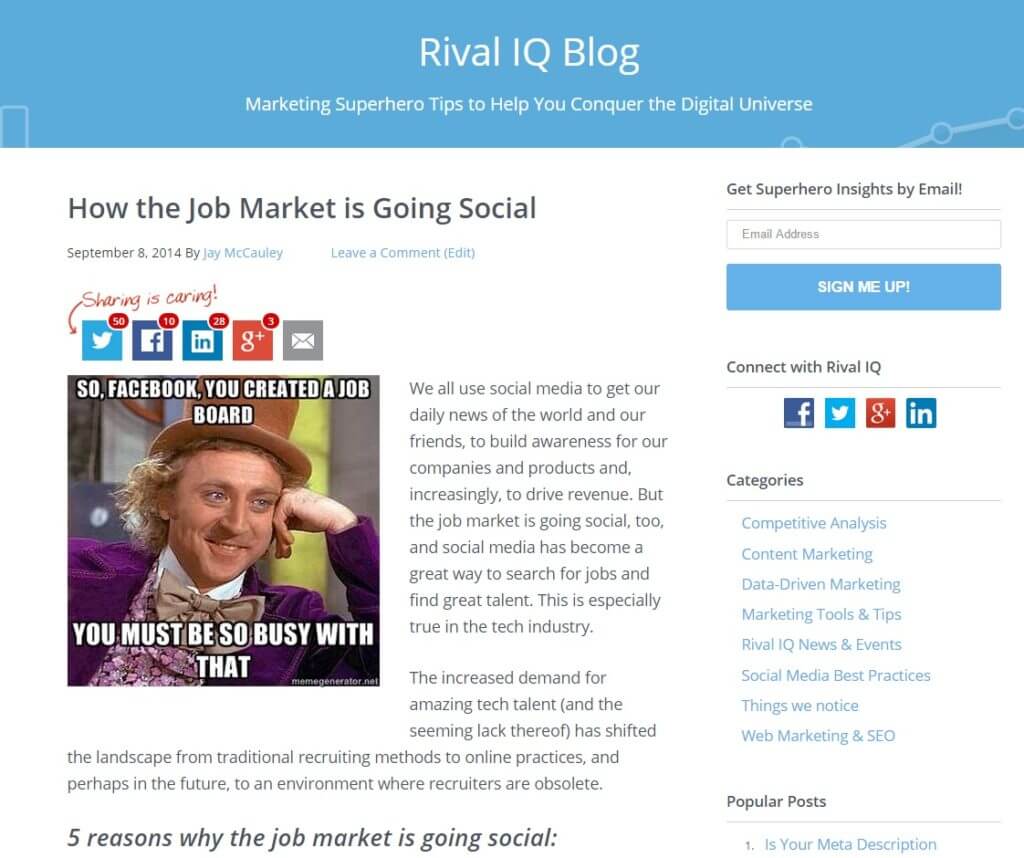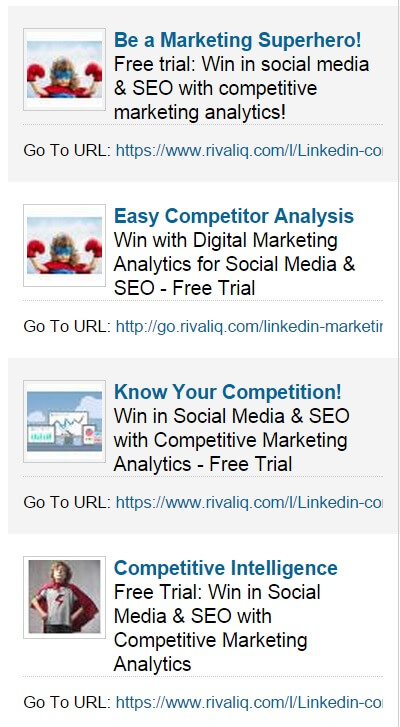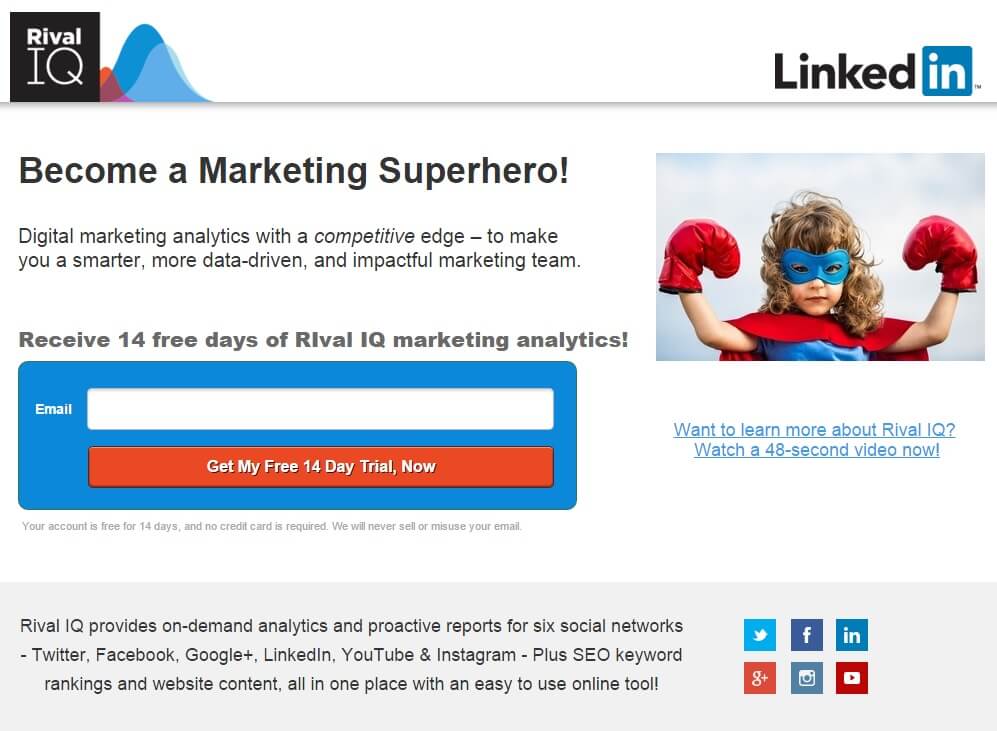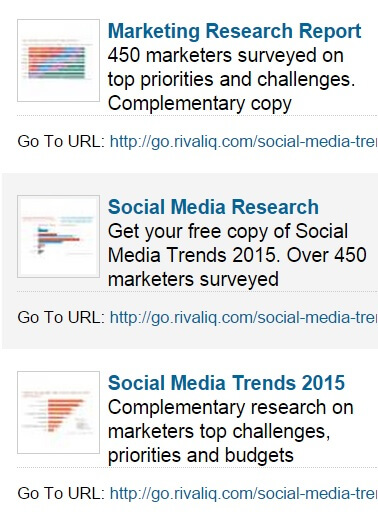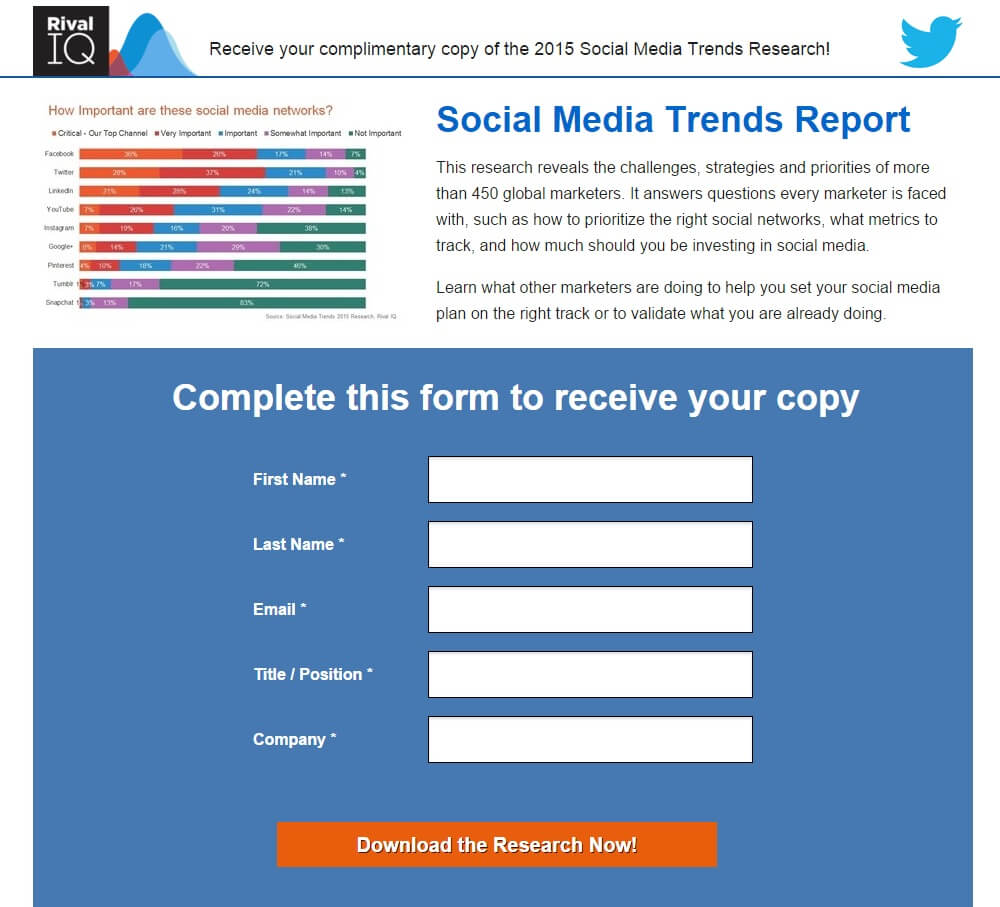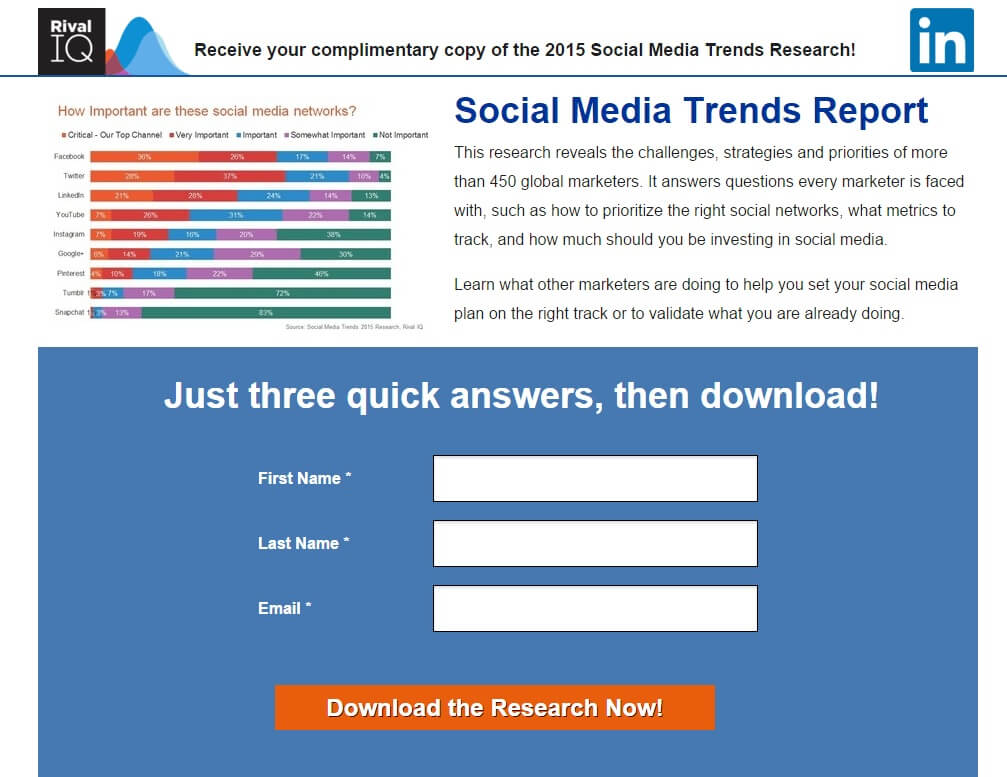In the last few years, I feel as if landing pages have become the panacea for every marketing goal.
Need more leads? Create a landing page.
Want to capture emails for your newsletter? Create a landing page.
Want to integrate social media with your lead generation machine? Wait. . . what?
In spite of landing page prolificacy, few marketers are tying together their social media strategy and growth goals with their overall demand generation or other marketing initiatives, let alone using landing pages. But I have found social media landing pages are an ideal match.
Landing Pages for Social Media Advertising
We have found the combination of paid social media and tailored landing pages to be very successful in building brand awareness, targeting our message, collecting qualified prospects for our SaaS application, and achieving high conversion rates.
We’ve also had some good learnings over the past few months since we started doing this, and I wanted to share the steps we’ve taken so you can save time and money with your own initiative.
Learning #1: Sponsored Updates Alone Are Not Enough
We started piloting social paid advertising a few months ago. As our target market is B2B and target customers are marketers, LinkedIn is a good fit for us. Since our strongest content at the time was our blog, we created sponsored content campaigns, highlighting relevant posts that would appeal to marketers.
Our two most successful blogs in terms of CTR was one on hashtag best practices and another on social job hunting.
The traffic increase to our blog was significant. Over a period of 30 days, we received 560 unique visitors to our blog and over 40,000 impressions. Our average CTR was 1.6% with a CPC of $4.48. Not bad if some of those folks were converting and becoming part of our trial users or newsletter subscription database.
But the result? Increased awareness but zero conversions, not even sign-ups to our blog newsletter. Costly for awareness only.
Learning #2: Tailor Your Message and Focus on Conversion
Next, we created ads specific to the value proposition of our marketing analytics tool to see if LinkedIn prospects would actually sign-up for our free 14-day trial.
Rather than link to our website, we created a landing page tailored to each headline in Unbounce, also having images on the landing pages that aligned with the advertising. Our call to action was to sign-up for our free 14-day trial.
Over 30 days, we received 367 unique visitors to the landing page, and converted nearly 6.5% of those visitors to sign-up for our 14-day free trial. Good conversion, but our CPC was still quite high at $4.92, which meant we were paying about $100 for each trial sign-up.
That was significantly higher than we were paying for a similar sign-up from Google PPC ads. And only one of those seven trialers converted to paid, making that an extremely high cost of customer acquisition from this source.
Learnings #3: Provide an Incentive and Valuable Content
Our first instinct around providing valuable content and not trying “close” a LinkedIn member immediately was correct. But we still needed to at least get an email address, so we could start nurturing these leads over time.
So, next we ran a campaign providing the prospect more value for giving their information. We were able to do this, because now we had a solid piece of content to offer beyond our blog or website. We had conducted successful primary research on Social Media Trends and Priorities.
Again, we built a specific landing page in Unbounce, where visitors entered some basic information and were immediately able to download the report.
In addition to LinkedIn, we did similar ads and landing pages on Twitter, and are planning to do the same on Facebook.
Our conversion rate? 11% visitor to sign-up.
Learning #4: Use Incremental Improvements and A/B Testing
A few days into the campaign, we created an A/B test, with the B version including a shortened lead form with three rows, reducing the information to just name and email address. Our conversion rate rose to nearly 20% for this version.
We will continue to make adjustments as we see the results of the different social networks, as well as track how the campaign performs differently on different channels.
Key Takeaways
Here are my 6 takeaways from these multiple tests of aligning social media with our overall marketing goals, particularly around lead generation. I’d love to hear examples of what you have done successfully combining social media paid advertising and Unbounce landing pages.
- Use Landing Pages
- Include a Call to Action
- Tailor your Message
- Provide Relevant & Valuable Content
- Push for Higher Conversion Rates
- Be Agile – look for ongoing incremental improvements

